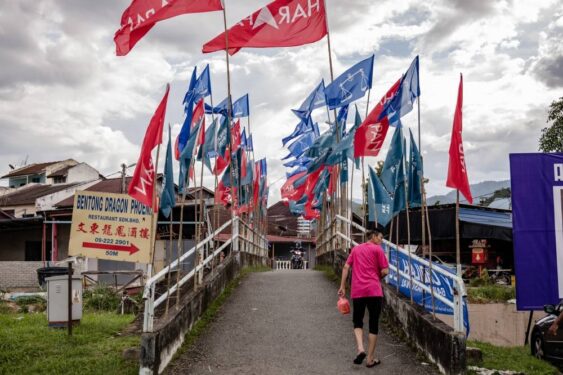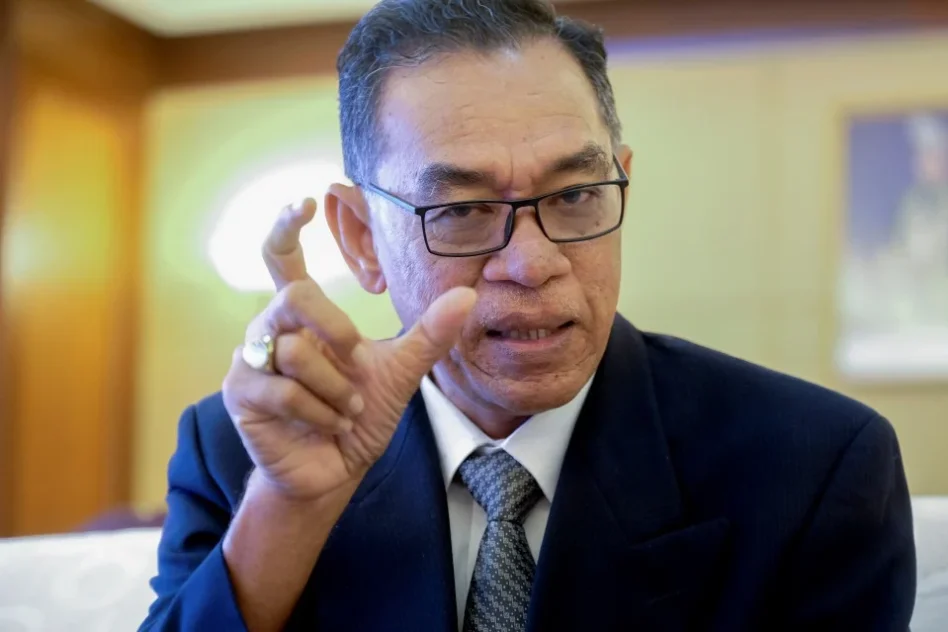By YS Chan
AT the beginning of this year, I wrote “2020 was a bad year for tourism, but 2021 could be even worse”. Sadly, my forecast is unfolding to a tee. In early June, Tourism Malaysia released foreign tourist arrival figures for the first three months of this year.
Shockingly, total arrivals dropped by an unprecedented 99.4% to only 25,256 compared to 4.23 million in the first quarter of last year. At this rate, Malaysia will end up with 101,034 foreign arrivals for 2021, in contrast to 26.1 million in 2019.
On all counts, our country has reached rock bottom and the government is hoping to reintroduce conditional movement control order (CMCO) in July or August, recovery MCO (RMCO) in September or October, and back to normal by November or December.
But if effective measures and concrete steps are lacking, it would be like climbing a greasy pole. It is a given that dishing out more of the same will surely send us back to square one. MCO was introduced in March last year, followed by CMCO in May and RMCO in June.
But following the Sabah state election in September, COVID-19 infections surged. CMCO was reintroduced in Sabah, Kuala Lumpur and Selangor from November, and MCO had to be reimposed for five states and three federal territories from January this year.
Mercifully, daily cases were reduced to an average of 1,443 per day in March and 1,499 in the first half of April. After Ramadan bazaars were allowed to operate, cases shot up to 2,716 per day in the second half of April and continued to rise steeply in May, averaging 5,246 per day.
The 8,290 cases on May 28 triggered a full MCO (FMCO) to be imposed nationwide from June 1 to 14, which has since been extended to June 28. For the first twenty days in June, the daily average was hovering at a record high of 6,203 per day.
Hence, all parties must be brought on board as only a concerted effort could achieve the herculean task of reducing cases to around 3,000 per day and move into CMCO phase, and around 1,250 per day for RMCO phase, before dropping to below 500 for return to normality.
For the 11 months from January 25 to December 24 last year, COVID-19 cases averaged only 300 per day. Although 2020 was described as annus horribilis, we are now yearning for the limited freedom we got to enjoy last year. This year is likely to be doomed for a total washout.
But I am hopeful 2022 would be better and looking forward to it. It is imperative that both the government and people do not repeat mistakes made in the past, such as opening too soon without adequate measures to control people in proximity and contain the spread of COVID-19.
Domestic tourism could easily burst into life once inter-district and interstate travel restrictions are lifted. In 2019, expenditures by domestic visitors totalled a whopping RM103.2 bil, with RM34.8 bil spent on shopping, RM13.6 bil on automotive fuel, and RM12.8 bil for food and beverage. These three accounted for over 67% of total expenditure.
But international travel would take a much longer time, as much of the industry is in suspended animation. Half of transnational tourism industry players have been wiped out by the pandemic. The industry is being kept alive by the surviving ones sharing their optimism and delusions.
On June 12, Minister in the Prime Minister’s Department (Religious Affairs) Datuk Dr Zulkifli Mohamad Al-Bakri stated that Malaysia will not be sending pilgrims to perform the haj this year as Saudi Arabia has announced that only those who are currently in the kingdom are allowed to do so.
In 2019, over 300,000 Malaysian pilgrims went to Mecca for Umrah or Hajj. As for 2022, it will depend on the success of bringing the pandemic under control in both Saudi Arabia and Malaysia. The same goes for international travel, which will depend on many factors such as departure and arrival countries, citizens, documentations, vaccinations, quarantines and testing.
The travel landscape will continue to unfold next year and stabilise by 2023. It is only in 2024 that international tourism is expected to recover. This was predicted by the Economic Action Council and announced by Prime Minister Tan Sri Mahiaddin Yassin on July 6 last year.
Meanwhile, the people in this country will experience mixed fortunes. The affluent have enough liquid assets to tide over a protracted pandemic, while civil servants will continue to get paid even though tax revenues will shrink considerably.
Only a few in the private sector have not been affected as most businesses and workers have their sales and incomes reduced, with many employees losing their jobs and self-employed unable to kais pagi makan pagi, kais petang makan petang or unable to live from hand to mouth.
It is imperative that those depending on handouts are not overly malnourished, otherwise they could easily contract COVID-19 or other diseases with their low immunity. Those living alone or homeless could become emaciated, starved without food and devoid of personal care.
For the rest of us, we would appreciate the freedom and basic joys of life even more after been deprived during lockdown. Meanwhile, we must continue to practise physical distancing, put on double masks or at least wear one properly by breathing through the fabric and not the gaps.
I am looking forward to moving about freely in our country next year and get to enjoy my favourite cuppa at my regular coffeeshop, hot meals at my favourite restaurants in the vicinity, and occasionally travelling to the many popular eateries dotted around peninsular Malaysia. – June 20, 2021
YS Chan is an Asean Tourism Master Trainer for travel agencies and a master trainer for Travel and Tours Enhancement Course and Mesra Malaysia. He is also a tourism and transport industry consultant and writer.
The views expressed are solely of the author and do not necessarily reflect those of Focus Malaysia.









